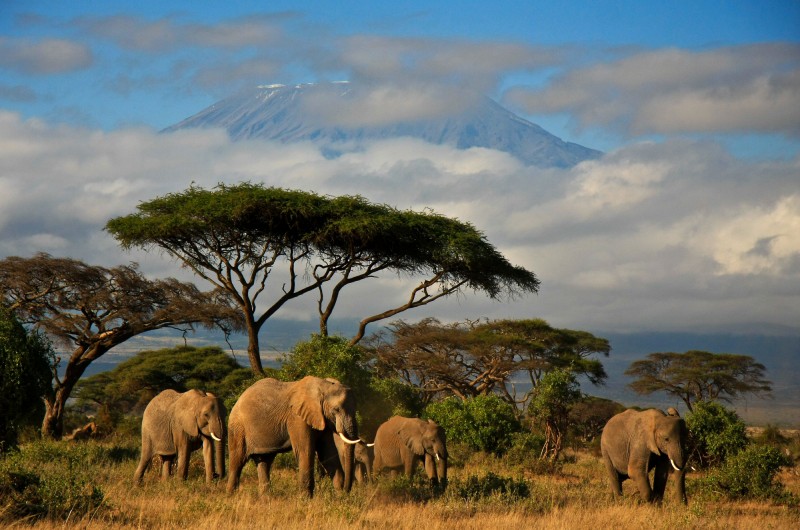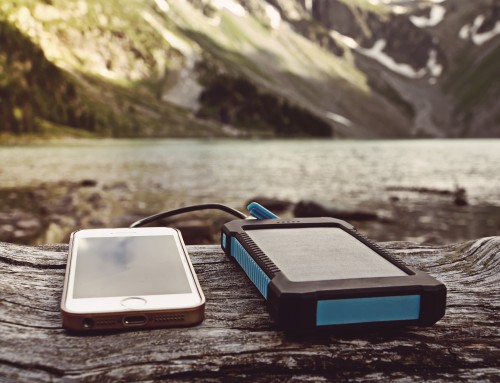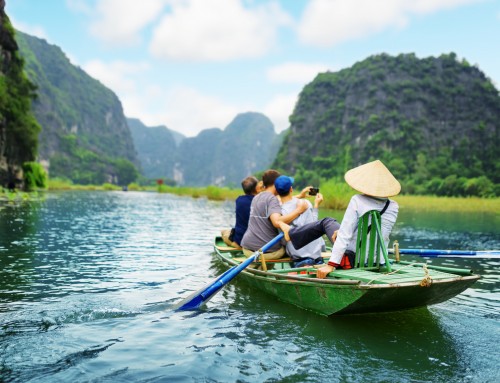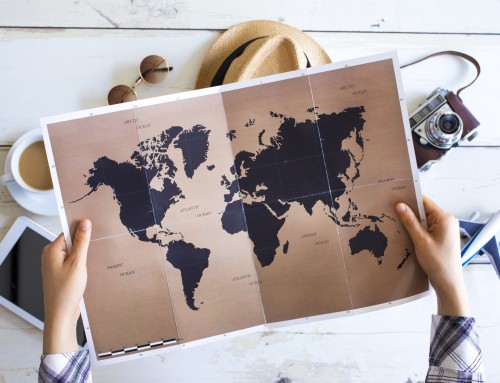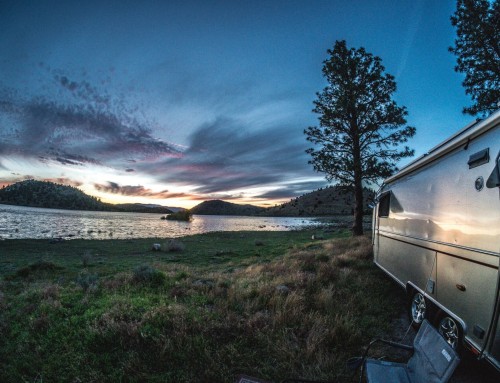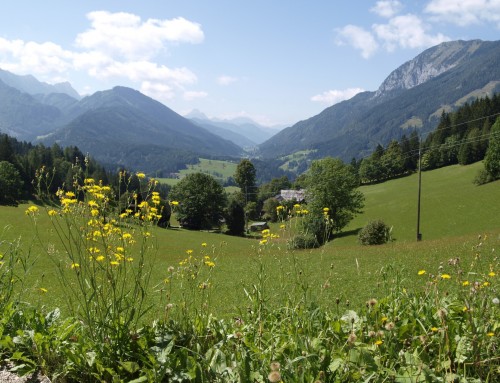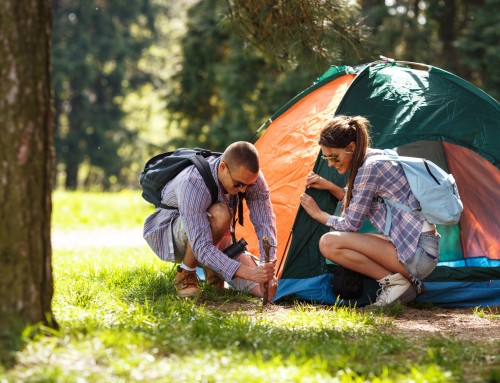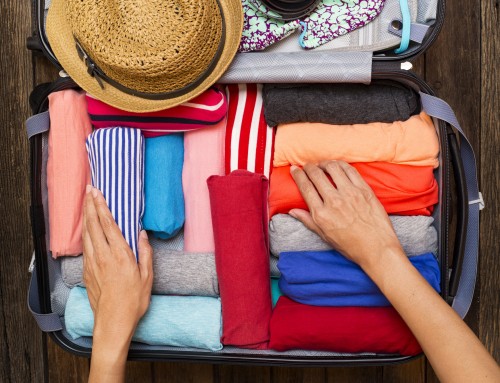You’ve decided to go on a South African safari. You are excited but nervous at the same time. What is a safari like? Is it safe? What animals will you see?
A number of questions are going through your head. To help alleviate your worries, we’ve come up with 9 tips that will make your safari trip much more rewarding. Read on to find out what they are!
1. Decide on What Types of Landscape and Wildlife You’d Like to See
In general, there are two popular safari regions. East Africa, especially Tanzania and Kenya, is very popular. And South Africa, mainly South Africa, Botswana, and Zimbabwe, is a top go-to.
Coming in a close second is the western desert of North Africa, particularly Egypt.
You’ll also want to check in with the Smart Traveler Enrollment Program (if you are an American citizen) or your country’s equivalent to get travel advice and alerts, and to see if it is safe at this time to travel to the country of interest.
(On that note, it is also a good idea to enroll with your country’s embassy so they know you are abroad.)
2. Break In Your Shoes
According to CNN, breaking in your safari shoes is a must. Not only could you experience discomfort but suffer from blisters as well.
In general, avoid shoes that are made of soft rubber, as thorns can easily puncture through.
Overall, it is recommended to break in your shoes for at least a month ahead of time.
3. Avoid Walking Upright
This may sound counter-intuitive but, according to Trip Savvy, is a safety must. When you go on a safari you are thrust into the animal kingdom; suddenly the tables are turned where you are in the elephants’, lions’, monkeys’…world.
In which case, staying downwards helps prevents animals from catching your scent, which could provoke a startled or angry reaction.
4. If You Are in a Vehicle…
If you decide to go on a safari (like Sabi Sands Game Reserve) by vehicle, this is important to hear: always, always, always stay in the vehicle unless otherwise instructed by your guide.
Your safety is not worth stepping outside of the car to take that picture of the lion or cheetah. While you may assume you are out of harm’s reach and are several feet away, if an animal feels threatened, they could act in an unpredictable way.
While we want you to enjoy your safari, we don’t want you to be unsafe; you can get great photos from inside the vehicle or on your guide’s instructions.
5. Silence Your Cell Phones
Yes, going on a safari is much like going to the movies in that you need to keep your cell phone on silent or off.
For one, this could disrupt other safari goer’s experiences. And, two, when you are deep into a safari, it can be hard to receive a connection.
In case you do need to use your phone…
Still, there are times when you need to use your phone. In which case, we recommend that you contact your cell provider beforehand and get a special international plan.
Tell them what country you are traveling to, when, and for how long so that they can assess which plan is right for you. Also, ask about texting charges and incoming overseas calls to see if you will need to pay more.
Another option is to buy a SIM card from a phone rental company or SIM card provider.
On top of this, we recommend that you buy a portable battery charger so that in the case that your phone does die on the safari, you can quickly plug it into the portable charger.
6. Dress Based on the Landscape
CNN goes on to state that wearing white will give you away and may prevent you from seeing the type of animals you want to see.
To get the most out of your safari, dress in clothes that will camouflage you. Steve Adams, a game ranger, tells CNN that dress in darker green clothing if you plan on “safariing” in Sambia, Tanzania, Zimbabwe, Mozambique, and North, East, and South Africa.
And, if you plan on going on a South African safari or a safari in the Kalahari desert, Botswana, Nambia, or West Africa, dress in brown or khaki.
7. Go With a Reliable Guide
Don’t go on a safari by yourself. We will repeat: don’t go on a safari by yourself. You don’t know the landscape or the wildlife. You could easily get lost, let alone unknowingly put yourself in a dangerous position.
Always, always, always, seek out a reliable and experienced guide. Doing this will alleviate stress and allow you to enjoy your safari.
8. Wear Sunscreen
Let’s face it; you are going to be in the hot weather for most of the day. This means you need to apply sunscreen at least fifteen to twenty minutes before you take off on your safari.
And, after every two hours, re-apply in full force. You will also want to wear sun-protective clothing such as long, breathable shirts and pants. Not to mention bring and wear a hat and sunglasses.
9. Plan Your Safari a Month in Advance
According to the Huffington Post, in order to get better camp availability, it is wise to plan and book your safari at least a month out.
Huffington Post goes on to state that this is especially important if you plan on going on a South African safari during peak months of July, September, and October.
South African Safari: Final Thoughts
Going on a safari–whether it’s a South African safari, Kenyan safari, etc.–should be an enjoyable experience.
Remember, to be conscious that you are stepping into the animal kingdom. Always listen to and follow your guide.
Also, do your research: read books, scroll through reviews, and talk to friends and family who have been on a safari to see what they recommend.
Have any other safari tips? Have you been on a safari before? What has your experience been like? Leave a comment.

